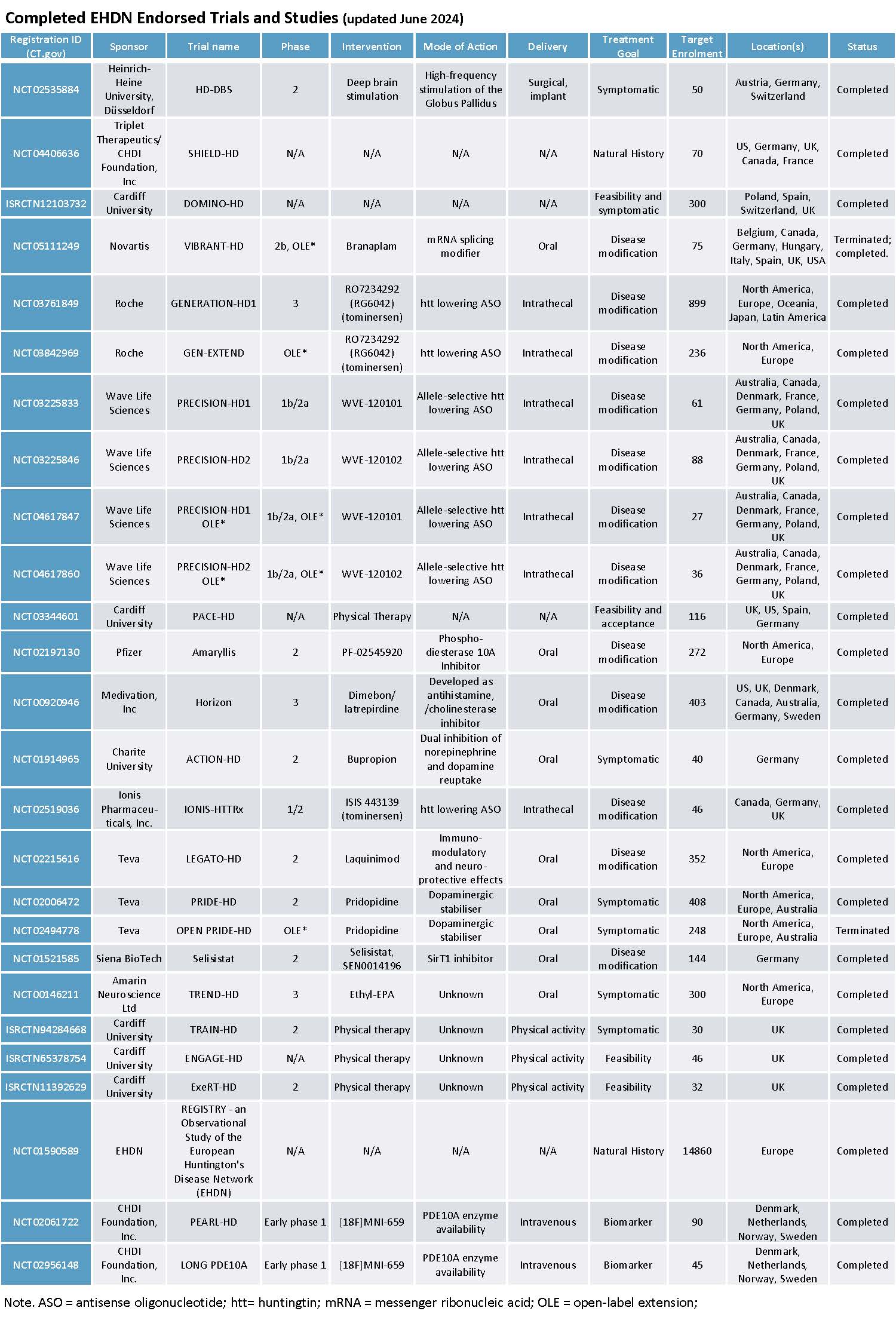In-Depth Exploration of the European Health Data Space (EHDS): A New Framework for Health Data Access (Part 3)

# In-Depth Exploration of the European Health Data Space (EHDS): A New Framework for Health Data Access (Part 3)
The European Health Data Space (EHDS) is a transformative initiative by the European Union (EU) aimed at revolutionizing the way health data is accessed, shared, and utilized across Europe. The EHDS is designed to create a secure, interoperable, and patient-centered framework for health data exchange, with the goal of improving healthcare delivery, fostering innovation, and advancing medical research. In this third part of our in-depth exploration of the EHDS, we will focus on the key components of the framework, the challenges it faces, and the potential benefits it offers to various stakeholders, including patients, healthcare providers, researchers, and policymakers.
## Key Components of the EHDS Framework
The EHDS framework is built on several foundational pillars that ensure the secure and efficient exchange of health data across the EU. These components are designed to address the diverse needs of stakeholders while maintaining a high level of data protection and privacy. The key components include:
### 1. **Interoperability and Standardization**
One of the primary goals of the EHDS is to ensure that health data can be easily shared and understood across different healthcare systems and national borders. To achieve this, the EHDS promotes the use of common standards and technical specifications for health data. This includes the adoption of standardized electronic health records (EHRs), data formats, and coding systems such as SNOMED CT and ICD-10.
Interoperability is essential for enabling seamless data exchange between healthcare providers, researchers, and patients. By ensuring that health data is structured in a consistent and machine-readable format, the EHDS can facilitate cross-border healthcare, improve patient outcomes, and support data-driven research.
### 2. **Data Governance and Access Control**
The EHDS establishes a robust governance framework that defines how health data can be accessed, shared, and used. This framework is designed to protect patient privacy while enabling authorized stakeholders to access the data they need for specific purposes, such as healthcare delivery, research, or policymaking.
Under the EHDS, individuals have greater control over their health data, with the ability to grant or revoke access to their data through secure digital tools. Additionally, the framework includes mechanisms for ensuring that data access is granted only to authorized users, with strict safeguards in place to prevent unauthorized access or misuse of data.
### 3. **Cross-Border Health Data Exchange**
One of the most significant aspects of the EHDS is its focus on enabling cross-border health data exchange. This is particularly important in the context of the EU, where citizens often travel between member states for work, study, or leisure. The EHDS aims to ensure that patients can access their health data and receive high-quality care regardless of where they are in the EU.
Through the EHDS, healthcare providers in different member states will be able to access a patient’s health records (with the patient’s consent), enabling them to provide more informed and personalized care. This is expected to reduce medical errors, improve treatment outcomes, and enhance patient safety.
### 4. **Health Data for Research and Innovation**
In addition to improving healthcare delivery, the EHDS is designed to support research and innovation by providing researchers with access to large-scale health data sets. This data can be used to advance medical research, develop new treatments, and improve public health outcomes.
The EHDS includes provisions for the secure and ethical use of health data for research purposes. Researchers will be able to access anonymized or pseudonymized data, ensuring that patient privacy is protected while enabling valuable insights to be gained from the data. This is expected to accelerate the development of new therapies, medical devices, and digital health solutions.
### 5. **Digital Health Infrastructure**
The EHDS is underpinned by a modern digital health infrastructure that includes secure data storage, transmission, and processing capabilities. This infrastructure is designed to support the large-scale exchange of health data across the EU while ensuring that data is protected from cyber threats and other risks.
The EHDS also promotes the use of digital health tools, such as telemedicine platforms, mobile health apps, and wearable devices, to empower patients and improve healthcare delivery. By integrating these tools into the broader health data ecosystem, the EHDS can help to create a more patient-centered and efficient healthcare system.
## Challenges Facing the EHDS
While the EHDS represents a significant step forward in the digital transformation of healthcare in Europe, it also faces several challenges that must be addressed to ensure its success. These challenges include:
### 1. **Data Privacy and Security Concerns**
One of the primary concerns surrounding the EHDS is the potential for data breaches or misuse of sensitive health information. Given the highly personal nature of health data, it is essential that the EHDS includes robust security measures to protect against cyberattacks and unauthorized access.
The EHDS framework includes strict data protection requirements, in line with the